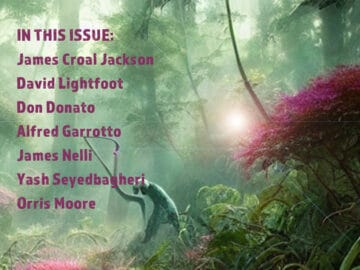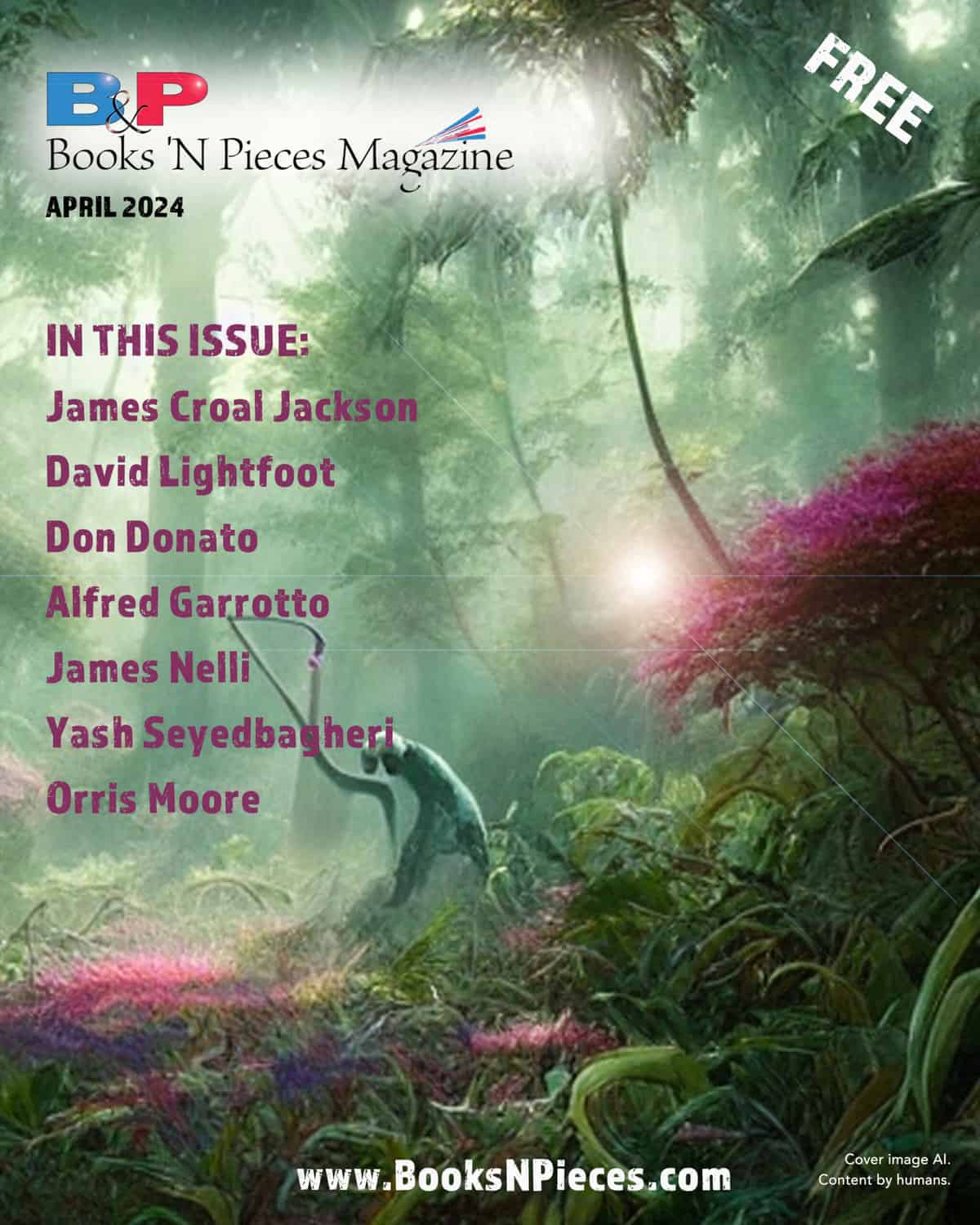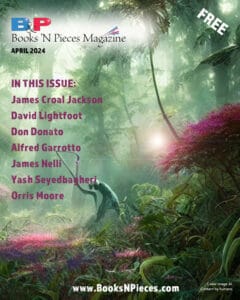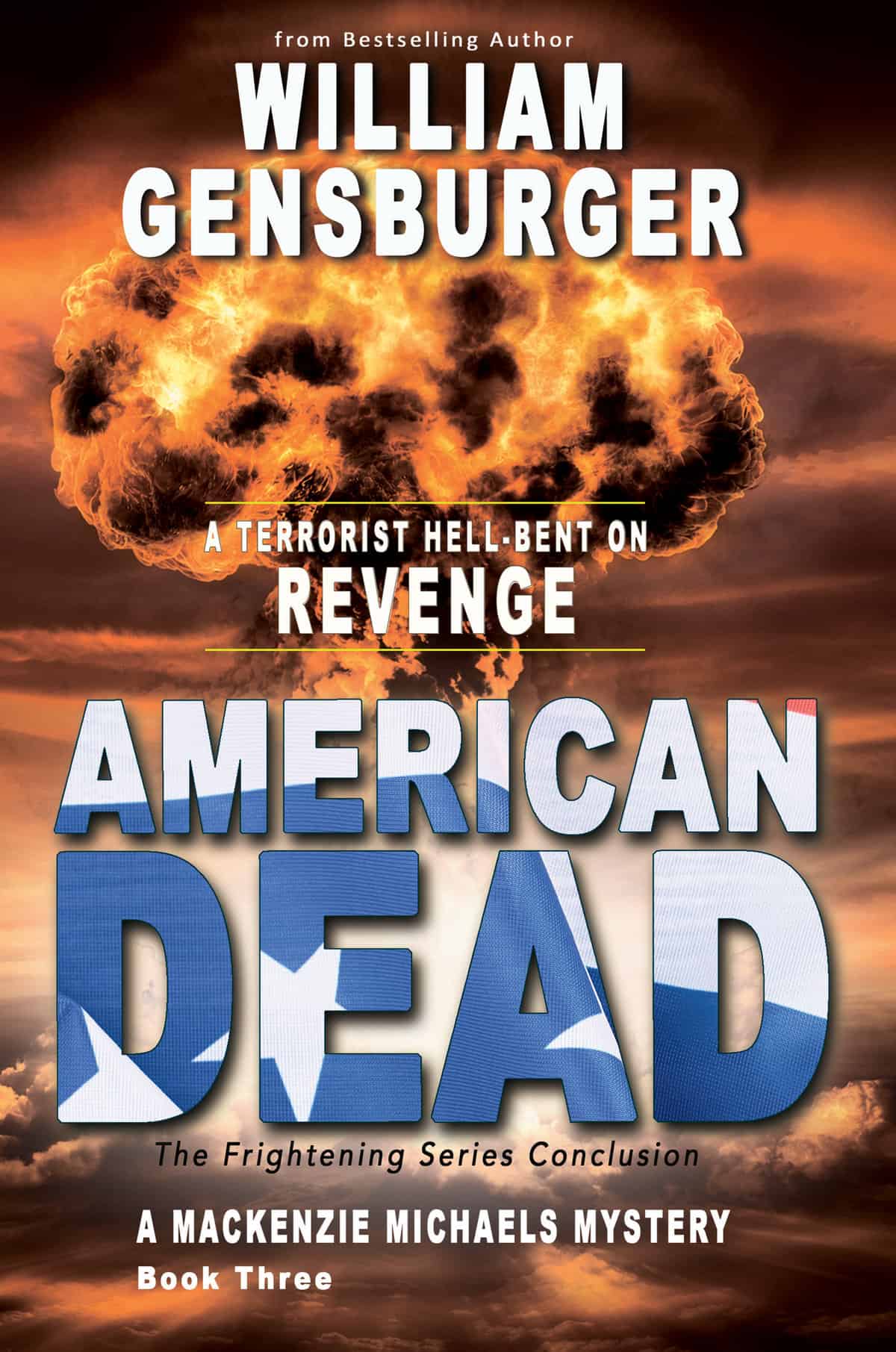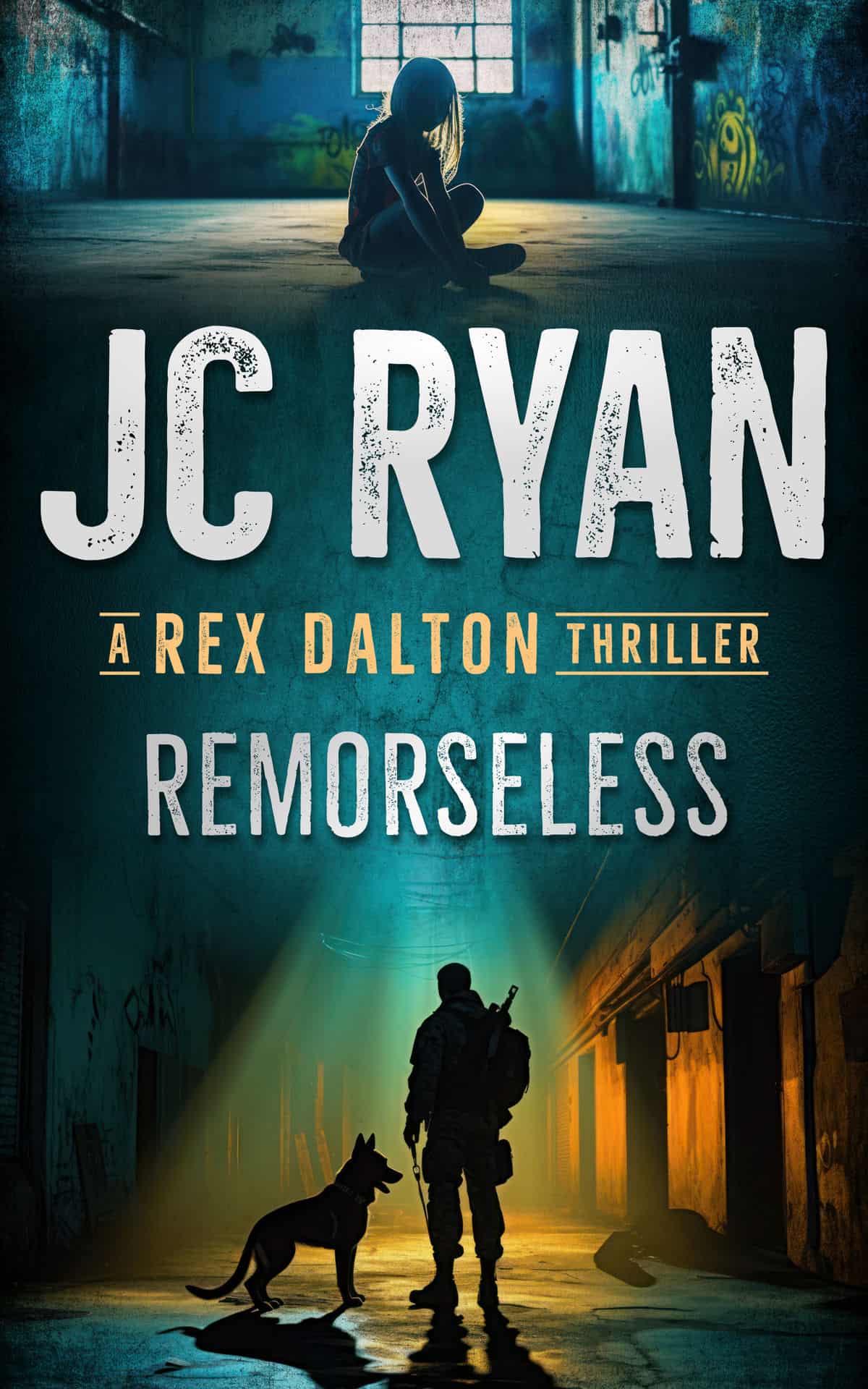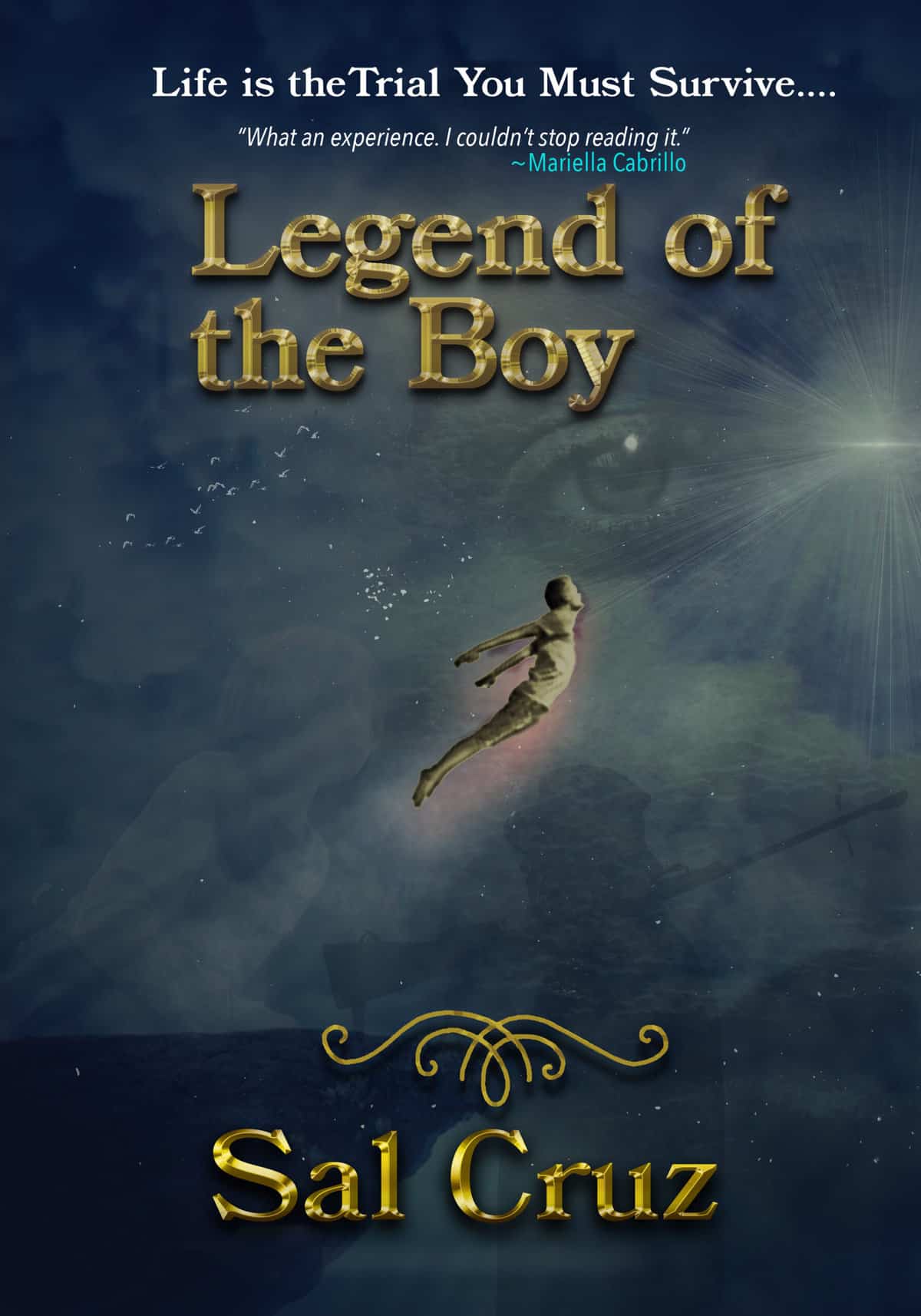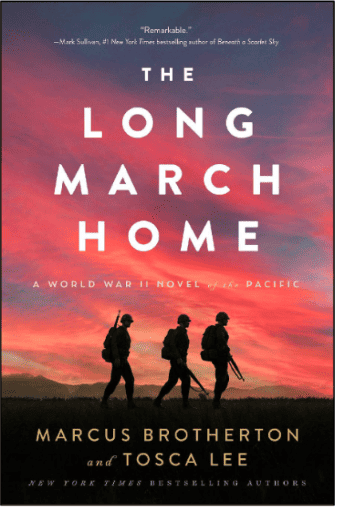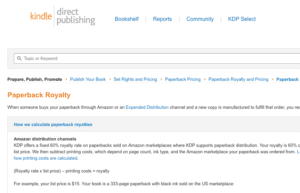 Createspace has started phasing out of the self-publishing business, shifting to the Kindle Direct arm of the business, and in the process, changing up the costs and royalties involved.
Createspace has started phasing out of the self-publishing business, shifting to the Kindle Direct arm of the business, and in the process, changing up the costs and royalties involved.
With some variations for book sizing, the calculations for deciding how to price and what you will get as a royalty are based on a formula.
The royalty rate is a fixed 60% for standard, and 40% for expanded distribution. But that is, of course, not including deducting for the cost.
Calculating the cost is straightforward: A flat $0.85 fixed cost is added to (page count x $0.012).
For a 350 page book the cost would be $0.85 + (350 x 0.012) = $5.05 Cost
The minimum list price for this book would be the cost divided by the royalty. In this case $5.05/60% = $8.41 Minimum List price.
Your Royalty is your (List price x 60%)- Cost. In this case, if I choose to list my book at $12.99 my royalty would be ($12.99 x 60%)- $5.05 = $2.74 Royalty
In some cases this is slightly higher or lower than the old Createspace royalties.
Using the same process for calculating Expanded Distribution you get the following:
Cost = $5.05
Royalty is ($12.99 x 40%) – $5.05 = $0.15 Royalty
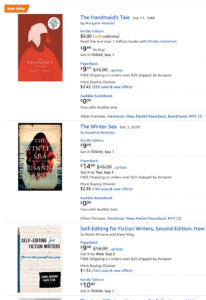 So clearly the pricing must be higher in order to reap a decent royalty.
So clearly the pricing must be higher in order to reap a decent royalty.
According to some industry sources, most average-sized trade paperback novels fall into the $13.95 to $17.95 price range.
Interestingly, a look at Amazon shows list pricing in this range, however, one of the perks of Amazon was that they could elect to reprice your book to enhance sales, while still paying you from the list price royalty.
Bearing that in mind, it makes more sense to overprice your book on the premise that the royalty is higher and that Amazon may, in its infinite wisdom, elect to lower the selling price.
Similarly, you should note that the average Kindle book list price has been increasing, often close to the selling price of the paperback novels. Since the statistics show that eBook sales are still the mainstay, despite a slight resurgence in paperback books, it makes sense to maximize the royalties from that.
For example: Kristen Hannah’s “The Great Unknown” is listed at $17.69 for paperback and $14.99 for Kindle. It is a 435 page novel, so let’s see what that reaps based on the above calculations.
 Paperback cost: $0.85 + (435 x 0.012) = $6.07
Paperback cost: $0.85 + (435 x 0.012) = $6.07
Royalty: (17.69 x 60%) – 6.07 = $4.54
Kindle Royalty is 70% x $14.99 = $10.49
It’s clear which route works best here.
Interesting articles suggest that there is a huge market for print sales out there; one even suggests the sales ratio of 70% print (combined print markets) to 30% (digital); however this does not account for the royalty discrepancies that the author receives for a print sale versus the increased workload to produce a print book. One such article is HERE.
But what goes into a print book, aside from an extra back cover and spine, an ISBN number ($295 for 10 unless you are fine using Amazon’s freebie marking you an amateur), layout of pages, stylistic elements, and that’s not including hardbacks with dust-jackets. From the numbers above from Kristen Hannah’s novel, you can see the profit from paperback is close to the profit from the Kindle edition.
Many authors swear off print editions. My personal opinion is that there is a place for print, especially as a tangible product that can be used at book signings and placement locally, if you wish to add an extra layer to your workload. And there is still a print audience, as the statistics show, so why lose that added revenue?
I would focus on the digital format first, then work toward a print edition so that it is out there, so that you have copies for your own promotion, so that the authenticity a physical book brings is available when needed, perhaps more so than worrying about those sales. And don’t forget that mom and dad want to proudly send copies to your relatives, family friends and childhood teachers who thought you’d never amount to much.
So with the changeover to Kindle Directs’ printing process, I hope this offers a clearer view of how much it will cost and how much you will get paid when the royalties come in.
And let’s not forget the third layer: Audiobooks account for some 40% of sales from some reports.
Do add your thoughts in the comments. And happy writing, and selling!
~William






